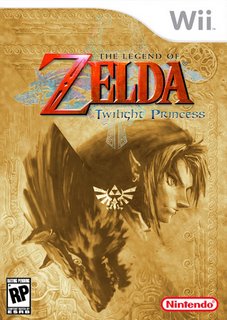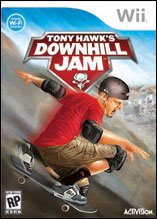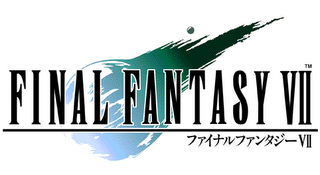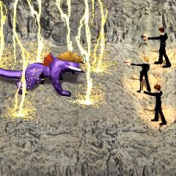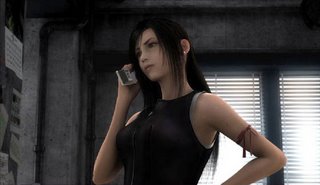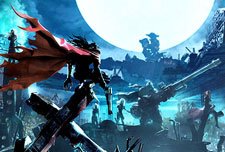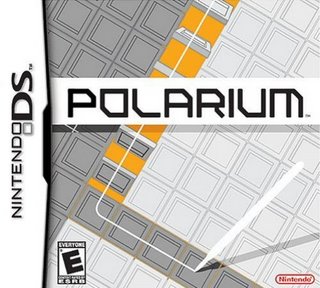Platform: Nintendo DS
Publisher: Nintendo
Developer: Mitchell
Release: April 2005
While Polarium may not have the audio/visual extravaganza of Lumines or Meteos, or the tried and true game play of Tetris DS and Puyo Pop Fever, Polarium is certainly a unique breed of puzzler, offering a great game play experience and breathing new life into this rapidly aging genre.
Polarium came out during a very bleak time period, at least for the initial and newer owners of Nintendo’s intriguing-looking yet still undefined handheld system. While the DS certainly did have a unique charm that made anyone who say it want to pick it up and play, due to a library cluttered with abysmal licensed fair, shoddy ports, and lack of killer apps (Super Mario 64 DS, Wario Ware Touched!, and Feel the Magic XY/XX being the only titles that most would consider decent), the DS sold mostly by having Nintendo’s logo printed on the box rather than the quality of its library.
While not quite a well-known title now, when Polarium came around, despite the fact that its visuals were sub-par and it looked a bit abnormal from the screen shots, many DS owners didn’t care at that point. There was a severe drought of quality titles for the handheld and anything that looked interesting and got above-average reviews for once captured their attention. Polarium was released at the right place and right time.
Polarium is certainly a unique style of puzzler. Even if you looked at every screen shot released for this game you might not have the slightest clue of what it’s about and what the main objective is. The game play is certainly fresh, and far and above more enjoyable than the plethora of Tetris clones that have been plaguing the puzzle genre for years now. You have to flip blocks back and forth on a black and white grid. The only thing is, you have to analyze them to see if it fits into your current puzzle or objective at the time of play. Like any good, well-made puzzler before it, it’s simple in concept but it requires a great amount of skill to fully master it.
There are three modes of play in Polarium, each delivering a highly unique style of play from one another. In the main puzzle mode, you must flip back white and black blocks before you fill up your grid. The more you knock out at once the more of a benefit you get score-wise. However, blocks fill the screen up rather quickly, so you must move swiftly through the blocks. The challenge mode will challenge even the most seasoned fans of the puzzle genre, but it still delivers an exceptional experience and is the main meat of the game.
Polarium’s puzzle mode has you going through puzzles, trying to clear them in a single stroke of the sylus. While the initial puzzles are child’s play, used only to familiarize you with the concept of play, the later ones will test your intelligence and sometimes make you feel highly dense. The ability to create and edit your own puzzles will keep you engaged to an excessive degree, and trading puzzles with another person increases the replay value even further.
The versus mode is done far more unusually and diversely than the other two modes of the game and what you’re used to in typical puzzle titles. It’s a bit of a mixture of the two main game play modes, but stands out in its own way. You must battle a second opponent by clearing out blocks before your rival can and dropping them to your screen. This mode is more intense than the other two, and while it is highly enjoyable, you won’t be able to play it more than fifteen minutes a session because your hands will be as exhausted as your mind will by the end of it.
Being a touch-screen and stylus focused puzzler, Polarium sometimes feels limited because of its design. The fact that Polarium is strictly-stylus based means that it will tire your hand out very quickly, resulting in shorter game play sessions. Also, the gameplay grows stale far quicker than classic, traditional puzzlers like Tetris and Puyo Pop.
While Polarium may not have the audio/visual extravaganza of Lumines or Meteos, or the tried and true game play of Tetris DS and Puyo Pop Fever, Polarium is certainly a unique breed of puzzler, offering a great game play experience and breathing new life into this rapidly aging genre. It’s a challenging, if sometimes mind-boggling, experiences that will keep you busy in decent-sized game play bursts from time to time.
Rating: 7.8 (out of 10)
